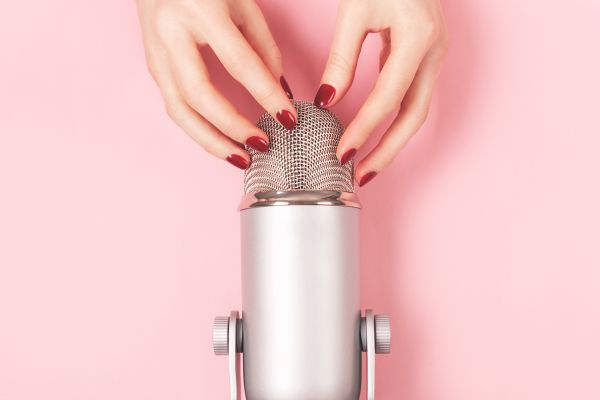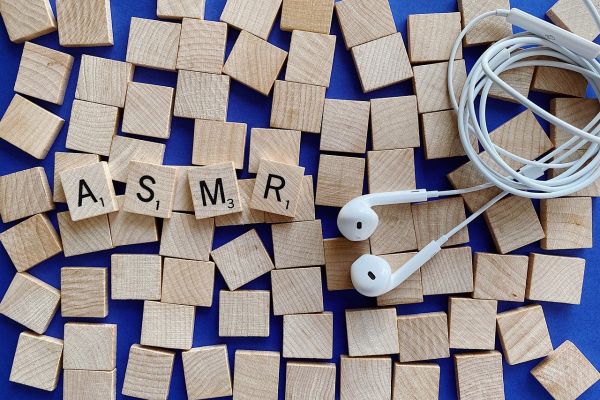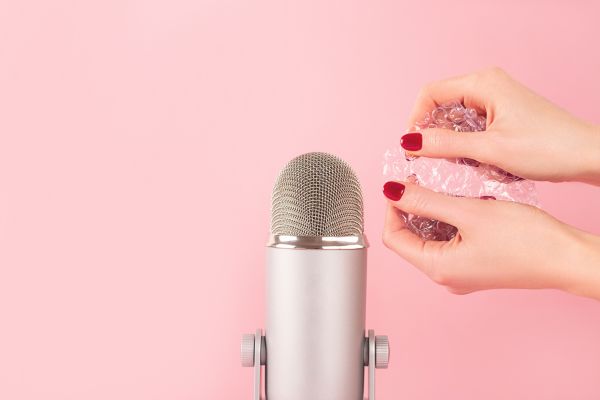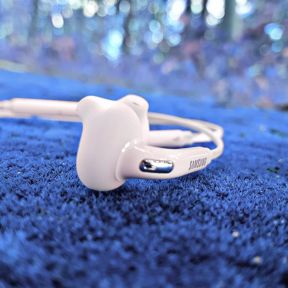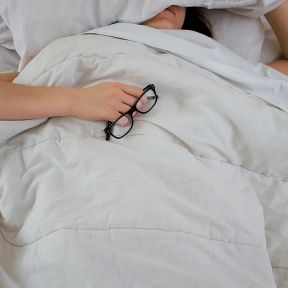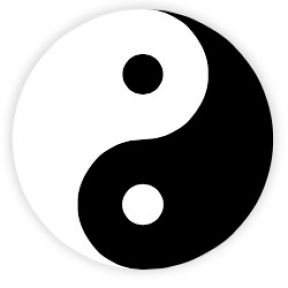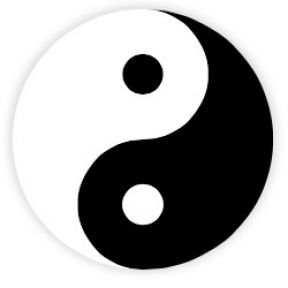Autonomous sensory meridian response—more commonly referred to as ASMR—is the name given to a tingling sensation, typically on the scalp, neck, or back, that some people report feeling in response to certain visual or auditory stimuli.
Contents

The name “Autonomous Sensory Meridian Response” was conceived in the mid-2000s by an enthusiast who hoped that a clinical sounding name would lend legitimacy to what was, at the time, thought to be a niche experience. In the years since, ASMR has become a popular internet phenomenon—inspiring millions of YouTube videos and countless devotee blogs—but it has not yet been widely studied in the field of psychology.
However, researchers have recently begun to explore whether the phenomenon has any scientific basis whatsoever. So far, some preliminary research suggests that ASMR may help manage symptoms of insomnia; other small fMRI studies suggest that those who experience ASMR may have subtle brain differences from those who don’t. These findings need to be replicated in larger, more rigorous studies, but they have started to provide clinical evidence for what was once purely anecdotal.
Those who experience ASMR say that the sensation is triggered by soft noises, such as a whispering voice, or repetitive visuals, like towels being folded—essentially an array of seemingly ordinary sights and sounds. ASMR can also be triggered by physical contact, such as receiving a massage or getting a haircut.
ASMR is an interesting combination of both arousal and relaxation. Some describe it as tingles, chills, or waves that move through the head, neck, and spine, and the physical sensation is accompanied by feelings of happiness, calm, or sleepiness.
There isn’t yet research to demonstrate that people can or cannot cultivate ASMR. However, it seems unlikely, because ASMR is an involuntary physiological response, similar to synesthesia, which can’t be practiced or learned.
ASMR and misophonia—strong reactions and aversion to sound— may share similar roots: One study found that half of people with misophonia also experienced ASMR. Both have been described as a tingling sensation, but while ASMR is pleasant and relaxing, misophonia is distressing and fuels emotions like anger and disgust. Visual cues can also become tied to specific sounds for both phenomena.

ASMR can be deeply pleasurable or relaxing for those who experience it. But its best-known application is as a treatment for insomnia. In one small survey, 82 percent of respondents reported that they used ASMR to induce sleep.
In podcast episodes or online videos aimed at soothing the listener to slumber, ASMRtists (as they’re known in the ASMR community) whisper softly, rub soft objects together, brush their hair, or complete other tasks aimed at triggering ASMR sensations and accompanying feelings of relaxation. But more research is needed to uncover ASMR’s mechanism of action in insomnia.
Some believe that ASMR can be chalked up to imagined sensations or recreational drugs. But research suggests that ASMR is a real phenomenon. One study found physiological differences between those who did and did not report experiencing ASMR; participants who experienced ASMR had a lower heart rate and increased skin conductance while watching ASMR videos.
Research on how ASMR may treat insomnia is only just beginning. But anecdotally, it seems to help: Most people report using ASMR to help them fall asleep and the most common time to experience ASMR is before bed. ASMR may ease people to sleep by reducing stress, improving mood, or distracting them from intrusive thoughts.

